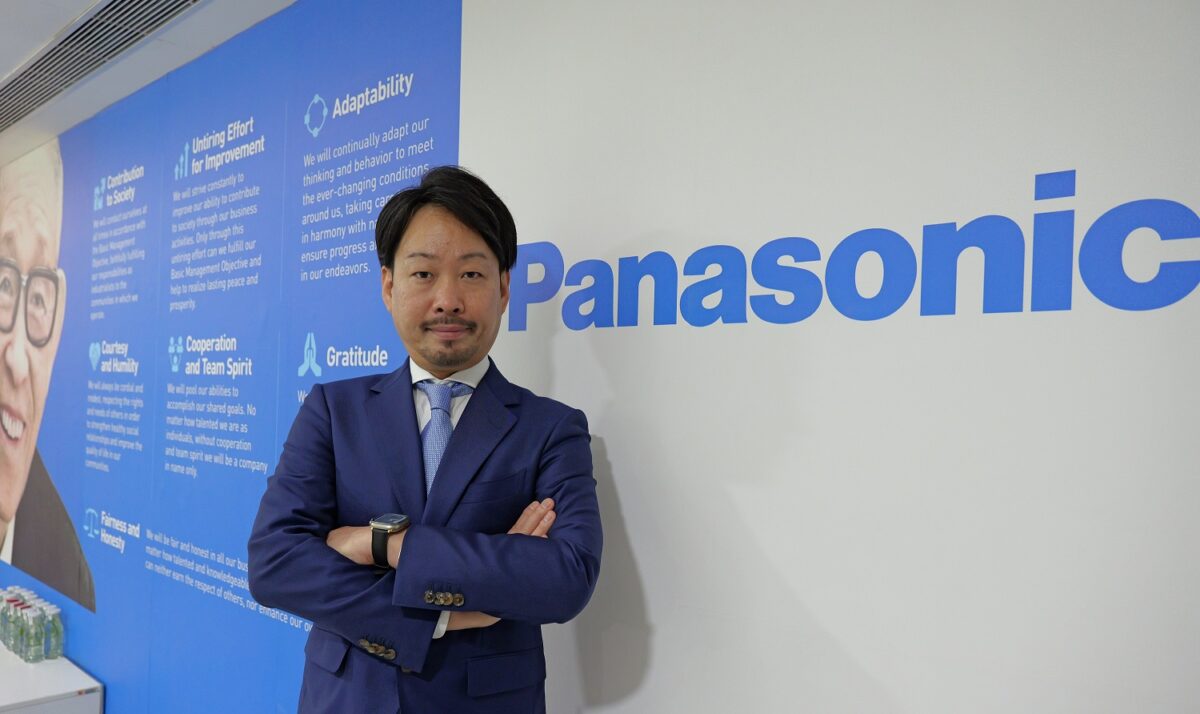Panasonic Energy India Co. Ltd. (PECIN), a dry cell manufacturer listed on the Bombay Stock Exchange (BSE), has achieved carbon neutrality for its factory in the Pithampur district of Madhya Pradesh. The company is promoting sustainability across the value chain as part of Panasonic Group’s aim to achieve carbon neutrality across its operations by 2050.
Panasonic Energy India Co. Ltd., founded in 1972, makes AA and AAA size manganese batteries in India and has a capacity of 500 million cells per year. It claims to have 19% share of the market for AA and AAA batteries used in India.
In 2022, the company installed a solar PV system for it manufacturing facility, which meets 35% of the factory’s electricity consumption. Further, the factory recycles 100% of its wastewater from operations. In 2023, the company announced carbon neutrality by purchasing the carbon credits. The facility has received a certificate of Verified Carbon Unit (VCU) Retirement from Verra, which sets the world’s leading standards for climate action and sustainable development. Additionally, the facility has been certified by the International REC Standard.
Panasonic is also the largest carbon rod manufacturer in India. Its carbon rod manufacturing facility in Chennai serves domestic and international markets.
“We are always making efforts in ensuring optimal energy utilization and thereby reducing CO2 emission, to re-use effluent water after treatment, for plantation of tree and recycling of most of the waste generated during manufacturing activities. Efforts have also been made to successfully reduce hazardous elements from raw materials in line with RoHS guidelines,” said Akinori Isomura, chairman & managing director of Panasonic Energy India.
“Recognizing that our company is a member of the society, we are contributing to a healthier and more prosperous community by way of manufacturing and selling the complete range of eco-friendly batteries through the elimination of hazardous substances like Lead (Pb), Mercury (Hg) and Cadmium (Cd), contributing to reduction of CO2 emission.”
This content is protected by copyright and may not be reused. If you want to cooperate with us and would like to reuse some of our content, please contact: editors@pv-magazine.com.









By submitting this form you agree to pv magazine using your data for the purposes of publishing your comment.
Your personal data will only be disclosed or otherwise transmitted to third parties for the purposes of spam filtering or if this is necessary for technical maintenance of the website. Any other transfer to third parties will not take place unless this is justified on the basis of applicable data protection regulations or if pv magazine is legally obliged to do so.
You may revoke this consent at any time with effect for the future, in which case your personal data will be deleted immediately. Otherwise, your data will be deleted if pv magazine has processed your request or the purpose of data storage is fulfilled.
Further information on data privacy can be found in our Data Protection Policy.